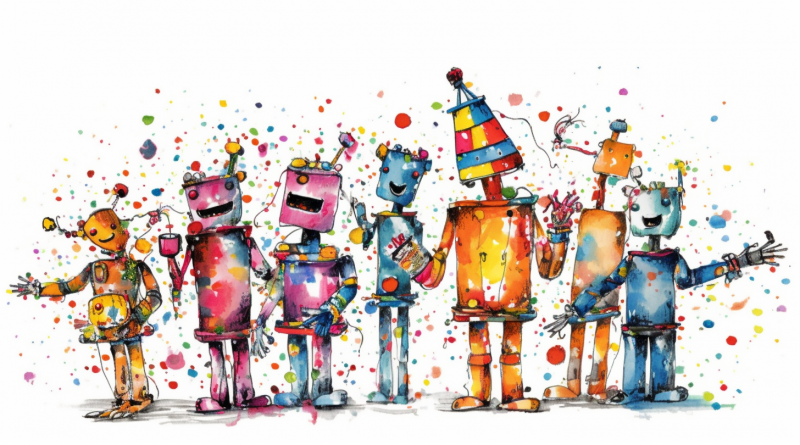Automate: The Day The Robots Took Over
Last Thursday, I spent a few hours wandering around the expo hall at Huntington Place for Automate, a robotics and automation expo hosted in a city whose historical claim to fame is its ability to mass produce things. I ran into Luo Yang, a Handbuilt alum who is now working for Foxconn’s AI division (Foxconn iAI), which develops technology to assist ergonomics and efficiency in manufacturing that involves substantial manual components. The free registration allows any schlub such as I to wander in off the street and amass a lifetime supply of individually wrapped wintergreen Lifesavers, while learning about the latest and greatest in robots. I will endorse this expo to anyone who has a couple of hours to kill and has never gotten up close and personal with a robot.
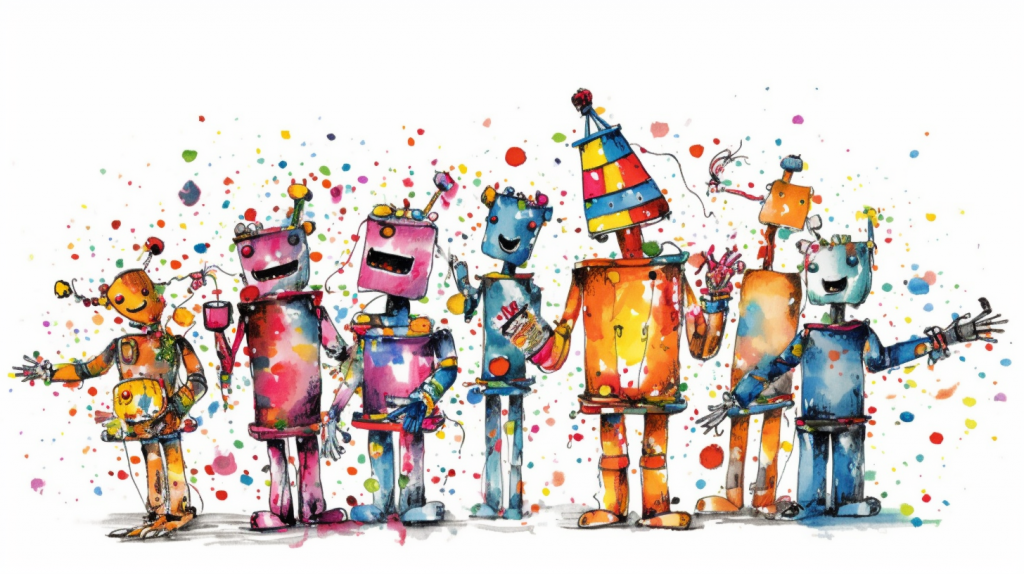
Favorites?
Wandering around the impressive expo floor, I found myself entranced by displays that were sort of like Factorio (RIP half of my waking hours in 2021-2022) but in real life. I attempted to apply human questions to robot ethics. Do robots receive a treat when they perform a task correctly? Do their human masters embrace the maxim that we must provide positive reinforcement, even when they make mistakes? Robots, of course, are not dogs, much as I’d love for them to be more like dogs.
It was interesting to see the depth and breadth of product offerings, ranging from a giant beast of a robot from FANUC that repeatedly lifted and flipped a car chassis sized frame onto a platform. Warehouse robots, shaped like square Roombas, demonstrated their ability to autonomously move pallets around and go up ramps. And one display featured 3D printed company logos that were being displayed on robotic arms that danced around for the viewer. One setup included a “picker” robot that could identify which candy bar the user requested, picked it up, and then shuffled it around as one might in a shell game before dropping it into a chute to provide to the human (Show-offs). In this case, the human receives the treat for good behavior, I guess.
I’d often ask something like, “hey, what’s this do?” only to have a somewhat exasperated product rep, probably tired of having to respond to that question for the fourth day in a row, explain that the product was not the thing I was pointing at, but the thing it was attached to.
“It’s about the controller! You see how there’s nothing underneath here?” one product rep explained, gesturing underneath a robotic workstation.
“Uh, I guess?”
“All of the controls fit in this little box, right here!”
Okay! No clue what that means, bud! But that’s great!
Hardware & Software
Some companies offered hardware, like German company Schunk, which makes the heads that attach to robots (to pick up things with robots or grabby hands). Others offered software, like Foxglove, a San Francisco company that helps companies visualize, process, and debug issues with robotic sensor data.
One software+hardware combo company showed me their setup for code-lite robotic controller interfaces, which I even kinda understood. Artificial intelligence was minimally represented, surprisingly– probably because of how much of manufacturing is still determined based on machine ergonomics at the level of things being physically put together. There were machines that automatically pressure test manufactured goods to ensure that they’re watertight or airtight. Others were large cabinets with wires spilling out that allow assembly line operators to test an assembly item before it is shipped off to its next stage in the manufacturing process. There were a lot of tiny devices, things that shoot compressed air, laser beams, connectors, arms, pneumatics, and more.
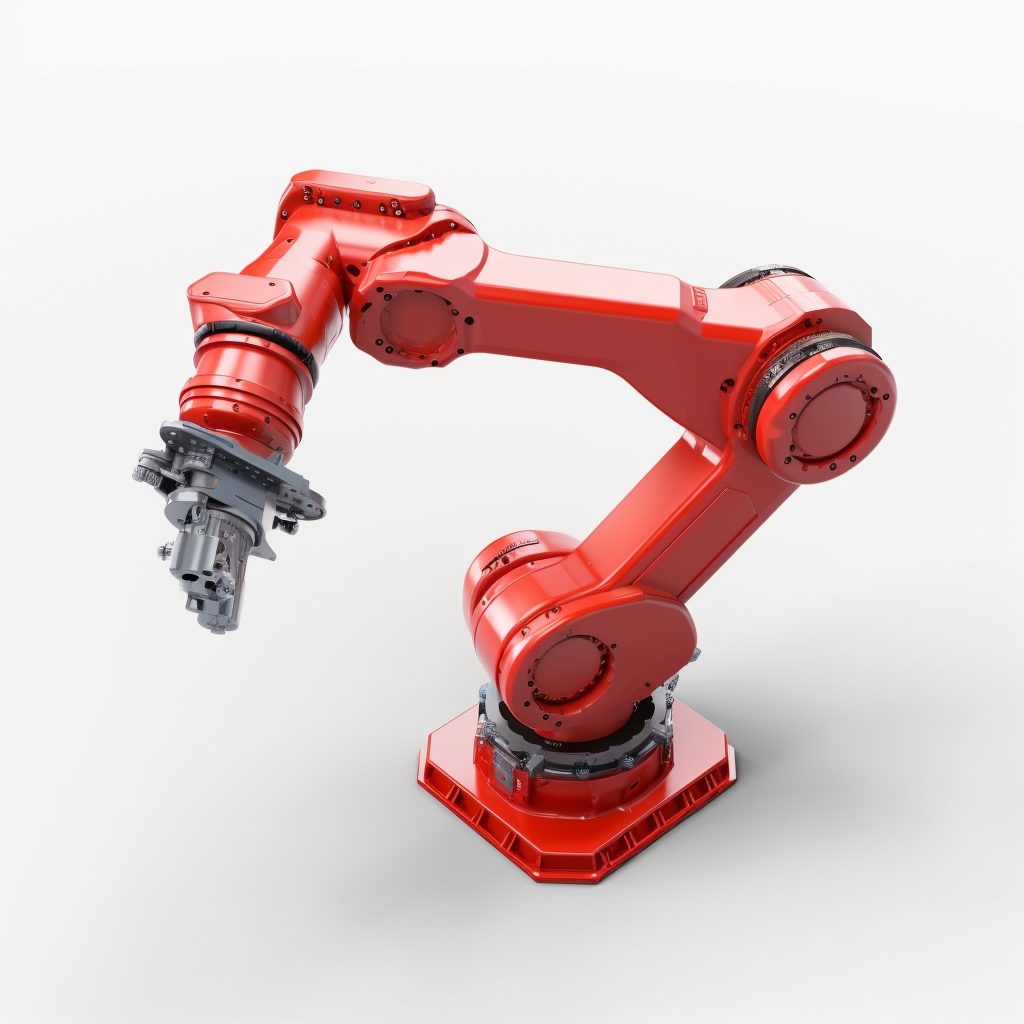
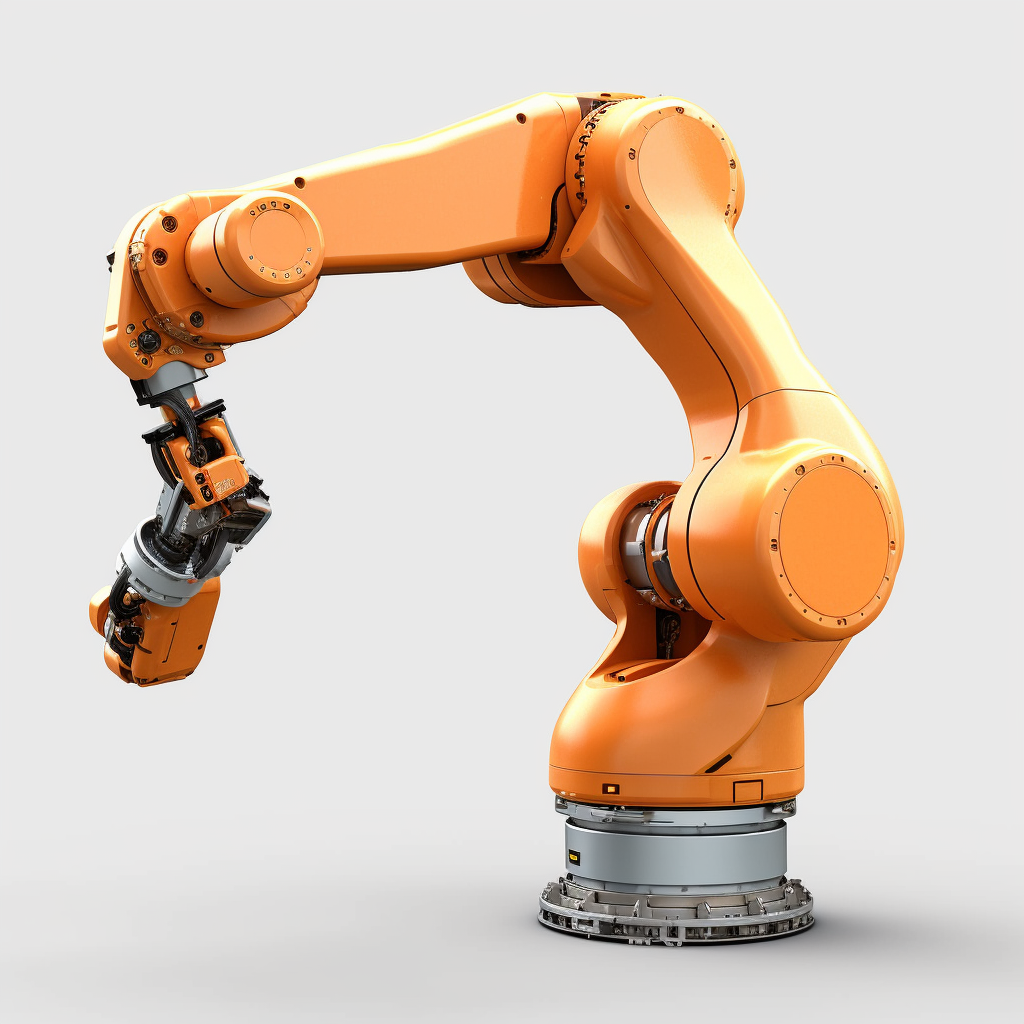

Hometown Pride, But Not The Kind You’re Thinking Of
Who made the all-stars list? Well, it’s a tough call. I enjoyed running into the good folks from Citizen Robotics, a startup nonprofit based in my own neighborhood that is trying to change the game of housing development by 3D printing housing. I am not 100% sold on the concept of mass 3D printing housing, but there is a lot of fascinating promise there, including the fact that they’re actually talking about issues of equity for workers and citizenry of this human race. Zero other companies so much as mentioned this stuff, even when ergonomics were a primary focus.
One company that did not make the list was a Missouri-based Boston Dynamics knockoff that specifically advertised the application of its clunky robot dog in law enforcement. (Aside: Police have already violated one of the only sacred rules in the cosmos– that all dogs are good boys and girls- by employing canine assistants. Tragically, “ACAB” includes police dogs.)
I also have to give a special shout-out to HAN’S ROBOT, a Chinese company that not only called itself HAN’S ROBOT, but also included, I kid you not, a red star in place of the apostrophe. (This is kind of like those red state companies that make construction products and their logo has an eagle and an American flag). Shenzhen was heavily represented at Automate. The mainland China city has a huge industrial cluster around technology, which developed in large part because of its proximity to Hong Kong, where densification and spatial constraints led to spillover to mainland China, even well before 1997, when the archipelago was returned to Chinese control by the UK. Korea and Japan were also represented, as was, of course, Germany, ever the powerhouse of industrial efficiency and automation.

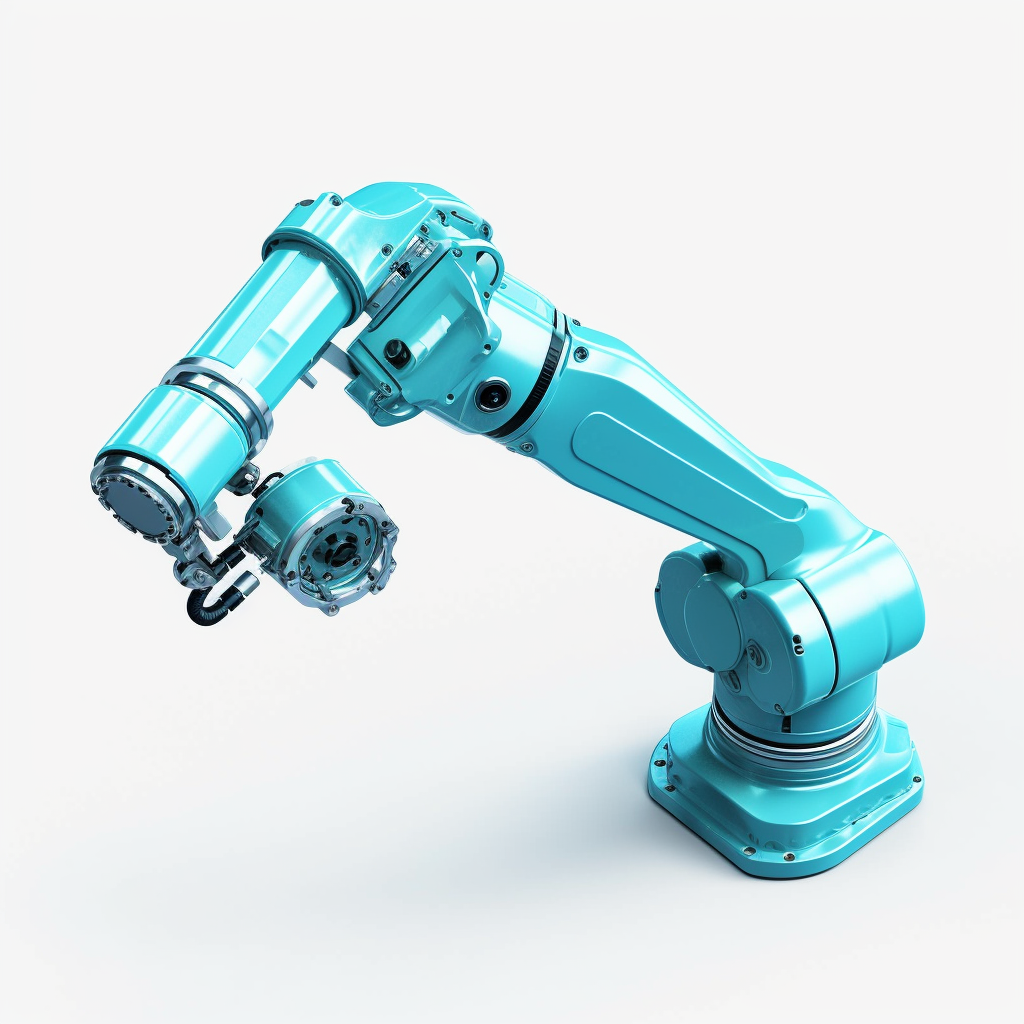
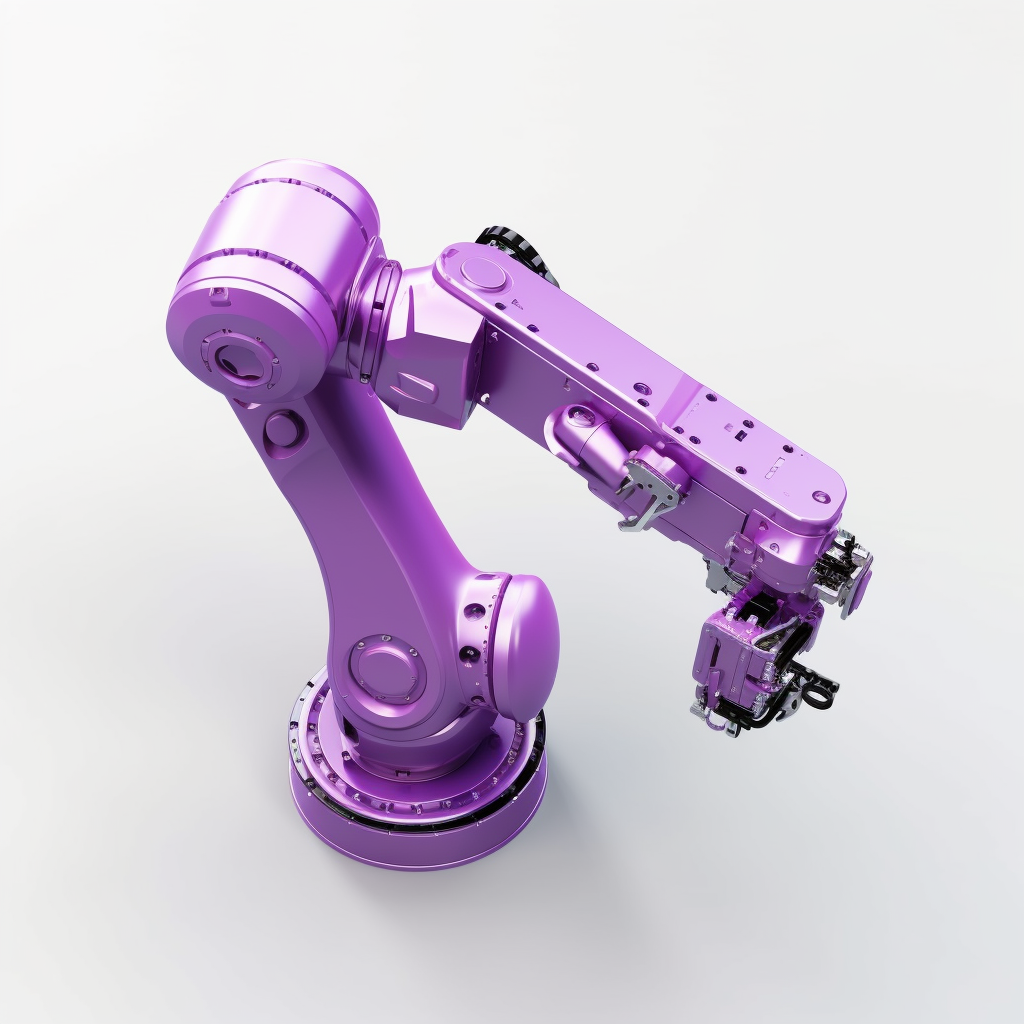
Closing Thoughts
While wandering aimlessly toward the end of the expo, I vacantly scrolled Twitter, where a local journalist was discussing the state’s struggle with talent retention and attraction. The discussion was responding to a recent survey of young people that showed that a huge percentage of them see themselves leaving the state. As I noticed the name badges on every well-fed white man in his 50s or 60s sporting a branded synthetic polo shirt and based in some strip mall in Macomb County that routinely votes for fascists and against infrastructure, I am not terribly surprised. Michigan, it seems, cannot read the room, and the room is diversifying, both in terms of ethnicity and culture, of course, but also in terms of new ideas, which the Mitten and its leadership do not seem to grasp.
This is heavily reflected in the bipartisan fire hose of public dollars used to subsidize projects like the embattled Gotion factory in Big Rapids, or the multi-billion dollar carte blanche to General Motors. We, as a state, seem to fail to understand anything innovative or novel, ranging from infrastructure to precision manufacturing, unless it includes cars or trucks. At the expo, I found myself curious as to why there was so much mention of efficiency and productivity and so little mention of ergonomics. Certainly, there would be no mention of equity, but I was at least glad to see this at the Citizen Robotics booth.
I left before the expo officially closed, but most booths were starting to pack up. On my way out, I unwrapped a Reese’s Mini Pretzel Peanut Butter Cup, a concoction I had never encountered. I found not one, but two paper wrappers around it, inevitably a manufacturing defect. Reality, ever going for the twofer, then directed me to trip on a poorly-aligned floor mat concealing some power cables that were supplying a giant robot. It seems we have a way to go.

